We measure eras differently when it comes to University of Memphis football. Can three years possibly represent an “era” in Tiger history? In the case of the three seasons (so far) under head coach Mike Norvell, the answer is a resounding yes.
Under Norvell, Memphis has won 26 games, as many as his predecessor, Justin Fuente, won in four seasons and more than Rip Scherer (remember him?) could win in six. With merely five wins this fall — count on them — Norvell will move into fifth on the Tigers’ all-time wins chart. Still just 37 years old (he turns 38 on October 11th), Norvell’s fourth Memphis team has been picked to win its division of the American Athletic Conference a third straight season. The Norvell era is still taking shape, yet has already established historical status in these parts.
 Photographs by Larry Kuzniewski
Photographs by Larry Kuzniewski
“Each day is an opportunity to get better,” says University of Memphis head football coach Mike Norvell.
“I’m excited about where we are,” says Norvell. “When you take a job, you have hopes that the program will progress, that it’s going to be perceived well locally and nationally. You want to recruit and improve personnel each and every year. Looking back over the last three years, I think we’ve done that. We’re relevant nationally. We had to show that Memphis football could sustain success. We’ve shown that Memphis football is here to stay.”
Despite a 1-3 start in American Athletic Conference play last season, the Tigers reached the AAC championship game by winning their final four regular-season games. Memphis lost (again) to UCF in the title game but finished the season with an 8-6 record, giving the program five straight winning seasons for the first time in four decades (1973-77). Throw in a pair of Top-25 finishes (after the 2014 and 2017 seasons), and the U of M has indeed reached a tier unrecognizable to previous generations of Tiger fans.
“We’ve enhanced the program in lots of ways, on the field and off,” emphasizes Norvell. “Three of the last four semesters we’ve had the top GPA academically in the program’s history. So it’s all over. I take a great deal of pride in that. But we talk about that hard-earned culture. It’s every single day; we are challenged, and we challenge others. Each day is an opportunity to get better.”
For a second straight year, the Tiger offense is losing a first-team All-America, with running back Darrell Henderson now cashing checks with the NFL’s Los Angeles Rams. A team that averaged 45.5 points per game in 2017 (second in the country) and 42.9 last year (seventh) intends to reload, and with some familiar faces.

Damonte Coxie and Patrick Taylor
Back in the fold this year is Henderson’s 2018 ball-carrying partner in crime, Patrick Taylor, who managed to rush for 1,122 yards and 16 touchdowns last season despite playing a supporting role to Henderson. Taylor actually carried the ball only six fewer times than Henderson in 2018, though the latter averaged a ridiculous 8.9 yards per carry. Taylor averaged “only” 5.4 yards. With 1,012 yards this season, Taylor would pass Henderson for second place on the Tigers’ career-rushing chart.
Taylor may have the best smile on the Tigers’ roster, but he’s almost placid in evaluating the role he expects to play as a senior. “I want to be the best player I can be for my teammates,” he says. “The best leader I can be, and help our team win games. I know I have to step up, and the standard has been raised for me. If the team needs me to carry the ball more, I’ll do it. Stay true to myself.”
Also back to help fuel the Tigers’ attack is receiver Damonte Coxie. The junior from Louisiana had the impossible task last year of following Anthony Miller (a 2017 All-America) as the Tigers’ primary downfield target. But even with a pair of 1,000-yard rushers, Coxie managed to catch 72 passes (fourth-most in Memphis history) for 1,174 yards, a total that would top the Tiger record book were it not for Miller’s last two seasons in blue and gray.
“I practiced and played with Ant,” says Coxie. “I knew how he worked, the way he would grind. I knew if I worked that way, I’d be all right.” Coxie is the opposite of the pass-catching divas who seem to absorb camera time on NFL Sundays. He goes about his offseason work methodically, with an emphasis on improving his nutrition and getting the right amount of sleep (he won’t stay up past 11 p.m.). And forget playing for statistics. “My mom, my family . . . that’s my personal goal for everything,” says Coxie. “I want to make sure I’m doing right for them. I want to make sure we all stay focused. Last year, we got high and low, ups and downs. It’s easy to get complacent.”
Coxie will lead a receiving corps that includes Pop Williams (33 catches for 304 yards as a junior) and not one, but two senior tight ends who could land all-conference honors: Joey Magnifico and Sean Dykes.
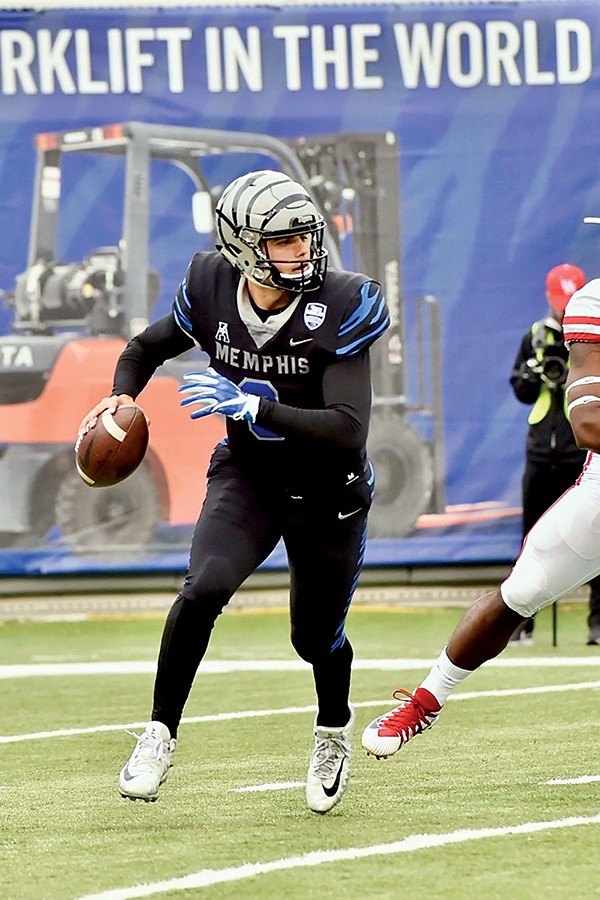
Tiger quarterback Brady White has embraced Grind City.
They’ll be catching passes from quarterback Brady White. After transferring from Arizona State before the 2018 season, White started all 14 games, passing for 3,296 yards with 26 touchdowns and 9 interceptions. (White will play this fall as a redshirt-junior.) Less about numbers than attitude and approach, White has embraced what he recognizes as a football culture designed — intentionally — for sustained success.
“It starts with one day at a time,” White notes. “What are you doing in the spring, in those times by yourself? Are you maximizing that time? In the off time, are you taking care of your body, recovering properly? Little things help you stack those boxes of success and get one-percent better every day.”
When White struggled last season — at Navy, at Tulane — all the Tigers’ star power wasn’t enough to earn a win. With a year under his belt, White sees his own improvement wrapped into the “hard-earned culture” Norvell is creating in Memphis. “It’s how we grind,” says White. “This is Grind City, right? Our mentality is what sets this culture apart. It’s not me, but the guys who came before me. We’re trying to build on that standard. When you don’t have the strength coaches yelling at guys for missing lines during runs, that’s player-led [growth]. I feel like I’m a part of that [leadership] group, my brothers on this team. I see people stepping up, being more vocal. This is it. You hold your best players accountable, and they set the standard.”
The offensive line entrusted with protecting White returns only two starters: senior center Dustin Woodard (the former guard is on the Outland Trophy watch list) and sophomore guard Dylan Parham. But Norvell likes the depth of this position group, and Taylor — the man craving gaps through which to run — sees little reason for concern. “The offensive line made some good strides in the spring,” Taylor says. “They opened a lot of holes, and they’ve gotten better with summer conditioning. I’m very confident in them.”
“I don’t have any concerns,” White adds. “We have young guys with a lot of ability, and they’ll step into their roles. They’ve shown a lot of growth since spring [practice]. They’re super-talented, so the potential is really high. Day by day, rep by rep.”
Veteran linebackers should fuel the Tiger defense under new coordinator Adam Fuller. Austin Hall, J.J. Russell, and Tim Hart were among the Tigers’ top 10 tacklers a season ago. Senior Bryce Huff led the team with 9.5 sacks last season and moves up to the defensive line this year, where he’ll torment opposing quarterbacks from the edge. Leading the secondary will be junior cornerback T.J. Carter, a second-team all-conference honoree in 2018 and on the watch list for the Jim Thorpe Award this season.
While the Tiger offense has surged in recent years, the defense has surrendered its share of points, finishing 94th in the country last season with 31.9 points allowed per game. Fuller smiles when asked about his plan for the Memphis defense: “To not give up points,” he says. “It’s not broken here on defense,” adds Fuller, who joins the Tiger program after six years at Marshall, the last as DC. “They’ve played well enough to play for the conference championship the last two years. But there needs to be improvement. When we talk about how we want to look, we want a fast, tough, smart group. That’s all-encompassing. And it’s not just running fast. It’s being able to teach fast, to learn fast, to get lined up fast, to react fast. Communication needs to be clean and concise.”
With the exception of Huff, there’s been little position shifting under Fuller’s watch. His chief interest is in seeing how the position groups meld into a single, solitary, game-changing unit. “The pass rush and coverage work in unison,” he emphasizes. “They’re not independent of one another. Whether you’re playing man or zone coverage, they always work in unison. Full-unit meetings are important. That’s when you sell the cohesiveness, the reliability on each other.”
It’s not just veteran talent that will shape the Tigers’ 2019 season. In one conversation, Norvell mentions no fewer than eight members of his most recent recruiting class he expects to make an impact immediately: defensive linemen Everitt Cunningham and Jalil Clemons, cornerback Maliek Stallings, defensive back Rodney Owens, running back Dreke Clark, and a trio of receivers (Tahj Washington, Javon Ivory, and Cam Baker). This is how success multiplies upon itself in college football, how a legitimate era is built. Lose a class with four winning seasons in the books? Welcome another with four winning seasons to create.
Motivation for the season ahead? You might start with those two losses in the AAC title game (both played in Orlando). Memphis shared an AAC championship with two other teams in 2014, before the league split into a pair of divisions, but an outright title has remained elusive. Then there’s the program’s bowl performances. Since beating BYU in an epic Miami Beach Bowl after the 2014 season, the Tigers have lost four straight postseason games, including the 2017 AutoZone Liberty Bowl, played in their home stadium. Work remains to be done.
“You want to finish a season hoisting a trophy,” Norvell says. “We’ve had [losses in] two one-possession games. There have been unique circumstances: coaching changes, players not available. But we compete to win every single game. We learn from our experience. You have to trust the process. We’ve been in position to win but just came up short.”
“The big thing about goals,” adds White, “is that they have to be realistic. For me, I expect to go 1-0 every week. That’s my team goal. Personally, I have goals, but I lay them out in phases. There’s an ultimate goal for the end of the season, but there are smaller goals — month by month — that I need to achieve to reach that ultimate goal. You can’t overlook anyone. Even the games you may feel confident going in, you need to get the job done. All that matters is going 1-0.”

Patrick Taylor ran for 1,122 yards in 2018.
The two players on the cover of this week’s issue will have a significant impact on the 2019 Tiger football season, and there’s some irony to their leading the program’s continued rise. Taylor is a native of Humble, Texas, and Coxie hails from Reserve, Louisiana. It’s hard to be humble, much less reserved, if the goal is an AAC championship or — dare we dream — a New Year’s Six bowl game.
Leave it to Coxie for a final thought on what’s to come for Memphis football. “We want a [conference] championship,” he says. “We want to win a bowl game. We talk about what we want, but now we get to see how much we really want it. We gotta go get it.”
 Larry Kuzniewski
Larry Kuzniewski  Larry Kuzniewski
Larry Kuzniewski 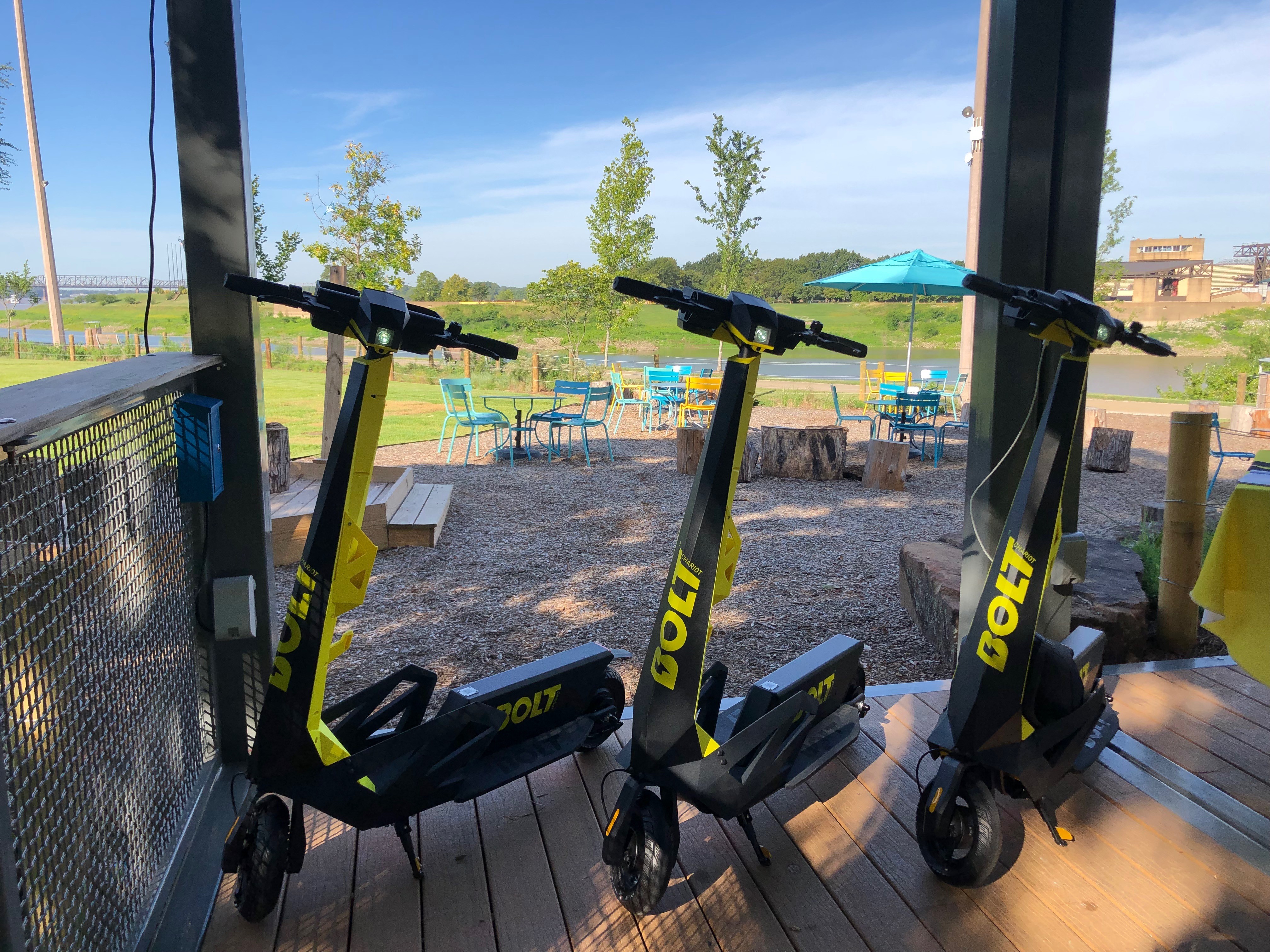

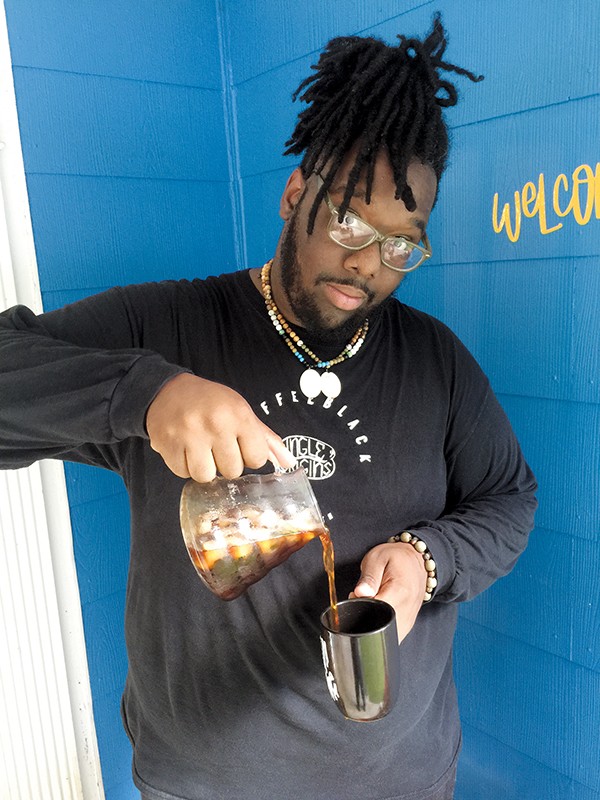 Michael Donahue
Michael Donahue 
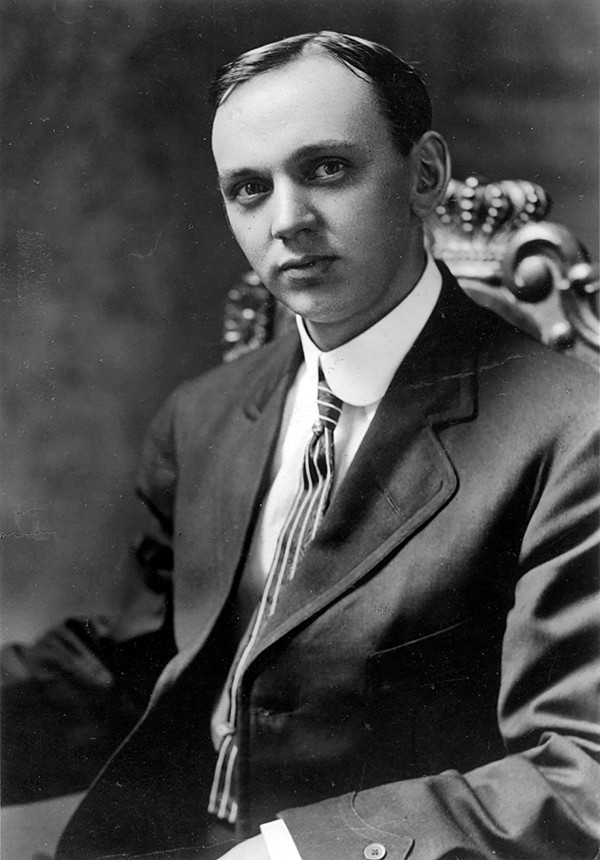 Wikipedia
Wikipedia  University of Memphis
University of Memphis  University of Memphis
University of Memphis  University of Memphis
University of Memphis  University of Memphis
University of Memphis 
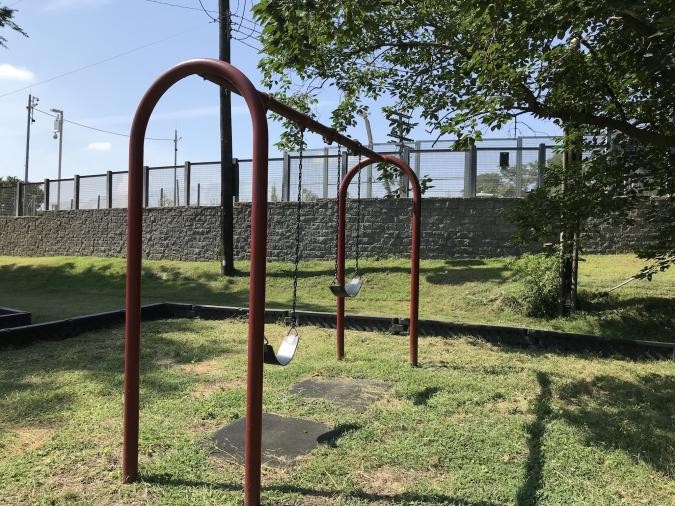 Church of the River/ioby
Church of the River/ioby  Church of the River/ioby
Church of the River/ioby  Church of the River/ioby
Church of the River/ioby 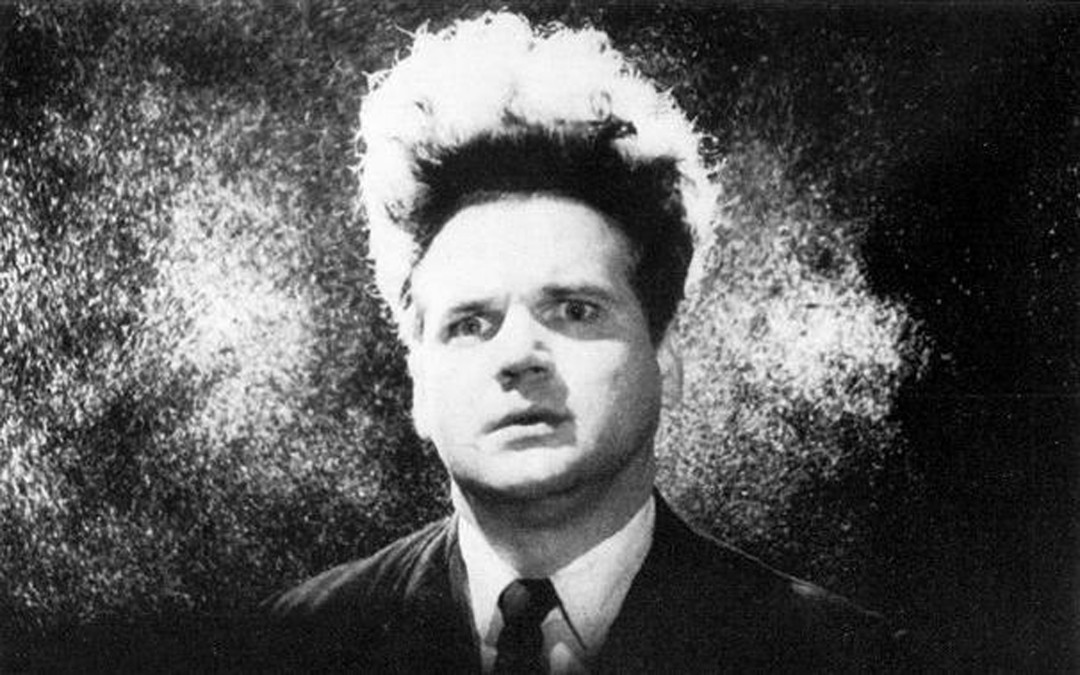
 Memphis Made Brewing Co.
Memphis Made Brewing Co. 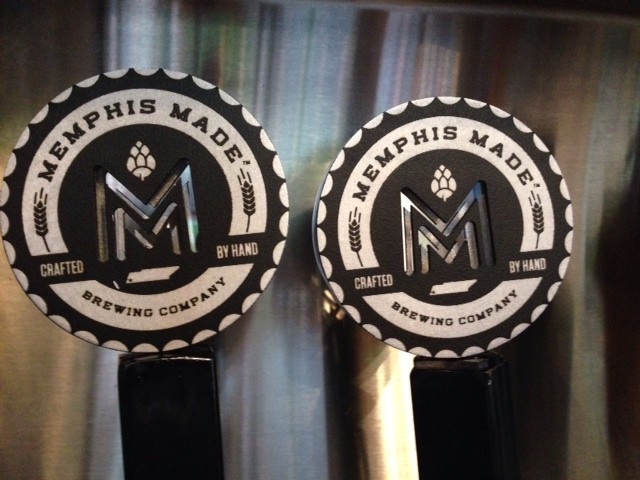 Memphis Made Brewing Co.
Memphis Made Brewing Co.  Memphis Made Brewing Co.
Memphis Made Brewing Co. 

 Photographs by Larry Kuzniewski
Photographs by Larry Kuzniewski 

